The 10 Deadliest Animals In The World
The 10 deadliest animals in the world are responsible for many human deaths every year. In fact, there are records of more than 100 people that get killed by these organisms daily. In this video, we have a list of the 10 deadliest animals in the world, including humans. In order to create this list, we took into account the following criteria: the animals must be really deadly and have the potential to kill humans; the animals must be really aggressive and their presence in certain areas should be avoided; the animals must be found in some regions of the world; the animals must be known for their aggressiveness and for their ability to kill humans. They are:
1. Humans
2. Hippopotamus
3. Elephants
4. Saltwater Crocodiles
5. Scorpios
6. Assassin Bugs
7. Saw-scaled Viper
8. Mosquitos
9. Cape Buffalo
10. Freshwater Snails
https://youtu.be/67_OGXYV0rk
Humans
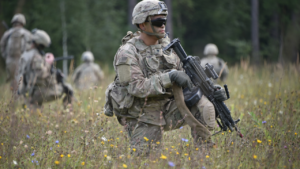
Are you surprised? As animals, we kill each other for 10,000 years, and war alone has killed an estimated 150 million to 1 billion people in the past decade. It’s no wonder we top the list since we’ve been killing each other for 10,000 years. Whether it is domestic terrorism or gun violence, we engage in a staggering amount of mindless brutality against one another. We pose a threat to other animals as well; just consider the effects of global warming, the devastation of forests and coral reefs, and overtourism, to name a few. We are easily the most hazardous animal in the world, endangering innumerable other species in addition to our propensity for acting irrationally and our ability to wipe off the entire planet with a variety of horrifying armaments like nuclear bombs and genetically created superbugs.
Hippopotamus

Although they appear to be enormous, foolish creatures, hippos are frequently regarded as Africa’s most hazardous mammal. They have a mouthful of fangs that are sharp and powerful enough to cause fatal harm, and they are territorial and unpredictable. They will violently defend their territory if it is invaded, whether it is by a crocodile, another hippo, or a boat full of tourists. Hippos attack with approximately 2-foot-long canine teeth that produce a pressure of 2000 pounds per square inch (a lion exerts half this much pressure when biting its hardest). Hippos hold the distinction of being the most metal animal on the earth, which should be enough of a warning to avoid them.
They are most commonly found in the rivers and lakes of Sub-Saharan Africa, though they have also been seen in Colombia.
Elephants

Elephants are typically regarded as perceptive, kind animals, and for many years, they have been a mainstay of circus acts.
Because of their intelligence, complicated emotions, and intricate social structures, they perform so effectively, but because they are the largest land mammal, they also have a tremendous amount of weight and the strength that goes along with it.
While elephants in the wild can be territorial and protective of their family members, those kept in captivity are capable of rage and revenge.
Every year, 500 people lose their lives to being stomped, tossed, crushed, or other dreadful methods during interactions with elephants.
Saltwater Crocodiles
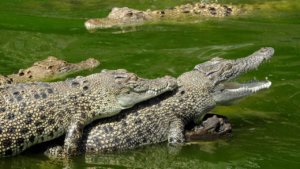
There is no comparison between alligators in Florida and their dreadful cousin, the terrible crocodile, which is more irritable, easily angered, and hostile toward everything that crosses its path. The saltwater crocodile is the biggest and most dangerous species in the world. Crocodiles are vicious predators that can grow up to 23 feet in length and weigh about a ton. They are known to kill hundreds of people every year, with crocodiles as a whole being more deadly than sharks (then again, so are cars). Although their name is perplexing, saltwater crocodiles are particularly hazardous because they can strike swiftly and have bite pressure comparable to that of the T. Rex at 3,700 pounds per square inch (psi) when they strike. Crocodiles are swift swimmers in both salt and freshwater. If that’s not enough to frighten you, consider this in context: Around 200 psi, or 5% of a saltie’s jaw strength, is used by humans to rip into a well-done steak.
You can find them: Saltwater crocodiles can be found throughout the Indo-Pacific region, from northern Australia to Vietnam.
Scorpios
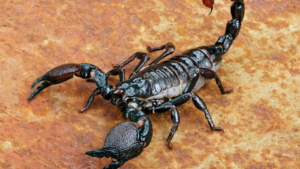
Venom-producing creatures can be among the deadliest. Creatures that are venomous directly deliver the toxin by a bite or, in this case, a stinger, as opposed to poisonous animals, which exude toxins.
Scorpions create venom for the same purpose as many other species: to subdue or kill their prey, not people. However, if you’re unlucky enough to get in contact with one of the 25 species of scorpions, their venom can be fatal to people.
When scorpions are unintentionally trodden on by bare feet or when they are lurking in people’s shoes, stings frequently result. Instead of using it as an assault, they employ it as a defence mechanism against being trampled.
The average annual mortality toll from scorpion stings is about 2,600. The Indian red scorpion is regarded as being the deadliest in the world (Hottentotta tumulus).
Assassin Bugs

Over 150 species of insects are referred known as assassin bugs collectively because they all have a particular style of the curled proboscis.
The propensity of these species to target the soft tissue areas around human mouths is what gave them their more well-known name of kissing bug. This proboscis is employed as a tool, for protection, and also for hunting.
Most kissing bugs, which are common around the world, only bite people in an unusually painful way; however, a few species that live in Central and South America are known to spread the deadly disease Chagas disease.
Even in the absence of therapy, Chagas disease fatality rates are modest, but due to the broad nature of the parasite infection, even a five per cent mortality rate results in 12,000–15,000 organ failure-related fatalities annually.
Saw-scaled Viper

While many snake species have venom potent enough to kill a human, not all of them exhibit the versatility of the Indian saw-scaled viper. In addition to being commonly known as little Indian vipers,” these snakes are also known as “saw-scaled vipers.” They can be found in some of the most densely populated parts of the region they call home, which extends well beyond India. However, they manage to mix in with the desert environment and remain unnoticeable by adopting their natural camouflage. One should listen to their protective sizzling sound because they usually venture out at night. This sound is produced by a behaviour known as stridulation, in which the snake coils up and rubs its scales together. Saw-scaled vipers are exceptionally aggressive and pack more than twice as much fatal poison into each bite, even after being warned. (Fortunately, there is a potent antivenom.)
Where to look for them: The Indian subcontinent, Central Asia, and the Middle East make up the Indian saw-scaled viper’s range.
Mosquitos
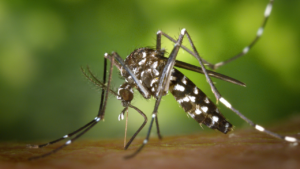
The common mosquito, even smaller than the tsetse flies at three millimetres in length, is ranked as the second most deadly animal in the world. There are hundreds of thousands of deaths every year caused by different diseases transmitted by mosquito species (there are more than 3,000 in the world). Diseases including malaria, chikungunya, encephalitis, elephantiasis, yellow fever, dengue fever, and others are spread mainly by irritable insects, especially those from the genera Aedes, Anopheles, and Culex. Together, the West Nile and Zika viruses infect an estimated 700 million people worldwide and claim the lives of 725,000 people annually. According to the World Health Organization, diseases spread by mosquitoes are currently a threat to more than half of the global population. Our best defence against infection is the use of insect repellents with lots of active chemicals like DEET and picaridin since pests are drawn to our body temperatures and the CO2 we breathe.
Cape Buffalo

When left alone, cape buffalo, which number about 900,000 in the wild, is a reasonably calm species. They prefer to roam in large herds when grazing early in the morning and late in the afternoon, or they congregate near drinking holes. But when a buffalo (or its calf) is threatened or hurt, they exhibit the traits that earned them the nickname “Black Death.” These enormous creatures, which can weigh up to a ton and reach heights of almost six feet, circle and stalk their victim before rushing at up to 35 mph. They are said to have killed more hunters than any other animal on the African continent. They have been known to continue charging even after becoming harmed and to attack moving automobiles without hesitation. You shouldn’t meddle with those horns, that much should be obvious.
Where you can see them: Cape buffalo are found in Sub-Saharan Africa, especially in the Maasai Mara in Kenya.
Freshwater Snails
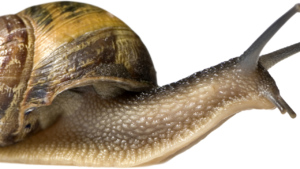
Unexpectedly, the freshwater snail ranks as the second deadliest species on our list.
Similar to the other less obviously dangerous species we have covered, it is not the sickness that the snail itself directly causes in humans, but rather the disease that it spreads.
Schistosomiasis is a parasite infection that affects several million people annually, with 20,000 to 200,000 of those cases ending in death, according to estimates from the World Health Organization.
Infected people with schistosomiasis experience severe abdominal pain and blood in their urine, but it seldom results in death outside of developing nations.
Unreliable government reporting and the dearth of medical care in these rural regions and developing countries are to blame for the wide range of potential fatalities.
Please also read:
20 of the most attractive and well-known Castles and Forts in the world
The Majestic Snow-Covered Mountains
10 Most Venomous Snakes In The World
The 10 most cute and adorable animals in the world
10 Largest, Heaviest And Tallest Living Animals In The World
10 Fastest Running Land Animals In The World
DXN BANGLADESH – HERBAL, NATURAL AND ORGANIC PRODUCTS

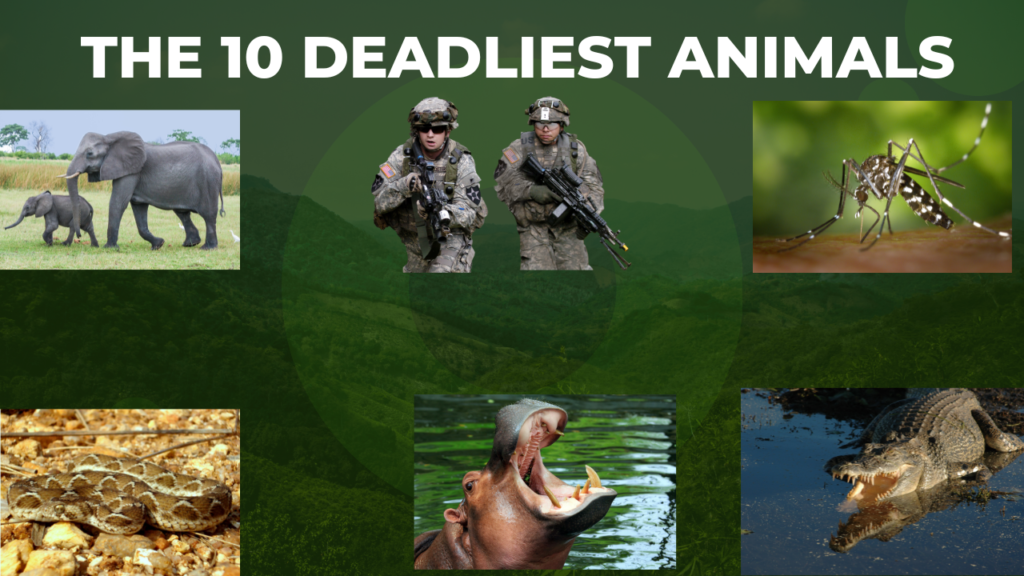
Pingback: 10 Sweetest Singing Birds
Pingback: 10 Birds Which Cannot Fly
Pingback: 10 Largest, Heaviest And Tallest Living Animals In The World
Pingback: The 10 most cute and adorable animals in the world
Thanks.